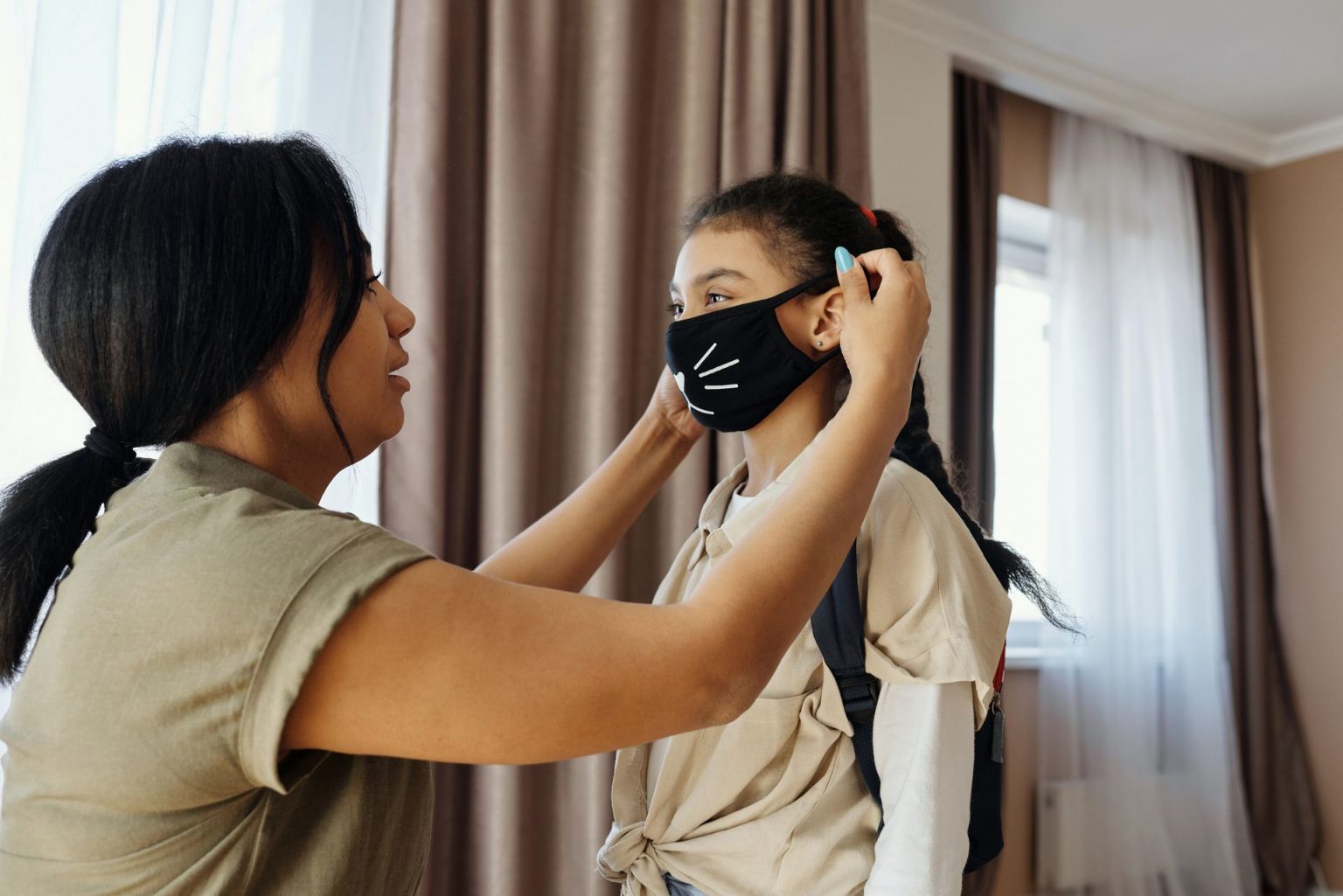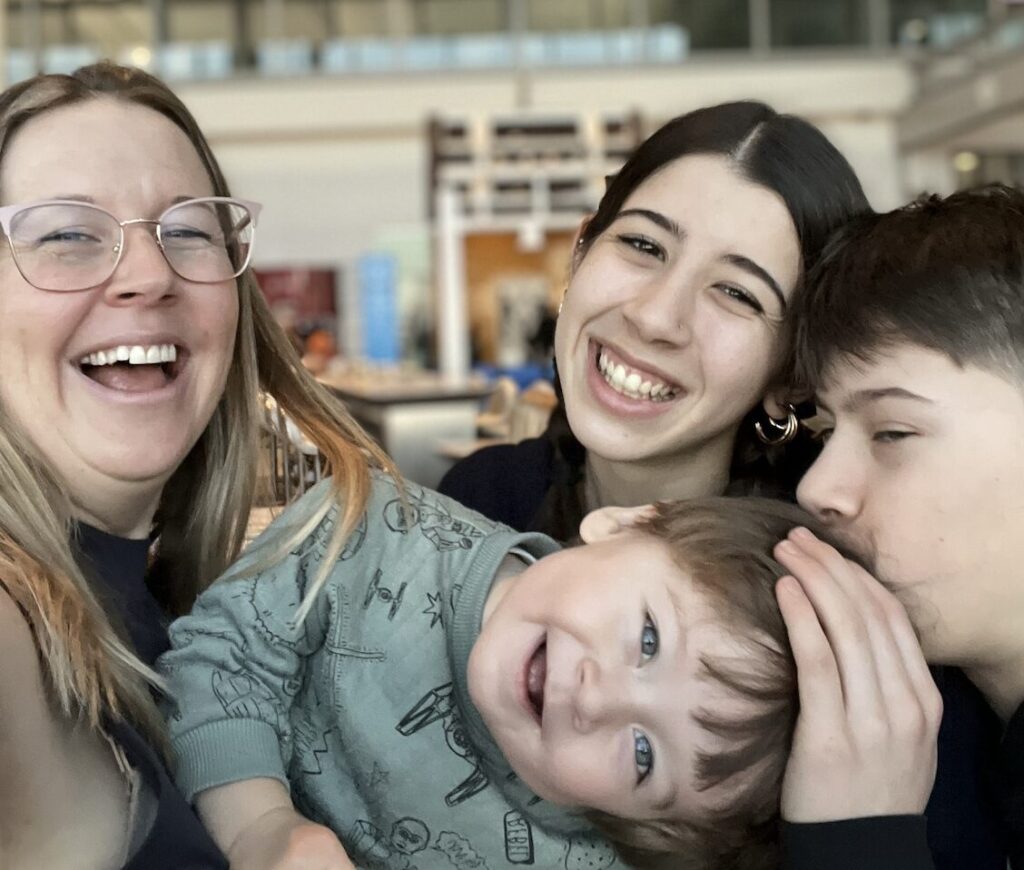Parents have so many questions and concerns about what back to school looks like this year, in every corner of the country. Dr. Edith Hui weighs in on what we can do to help our kids stay safe.
Will my child(ren) be safe returning to school? That's the question on everyone's mind. Even though most cases of COVID-19 seem to be mild, what if he/she happens to get one of the rare but severe symptoms, and what are the long-term consequences of the infection? What if my child brings the virus back home and infects the rest of the household? How long will I have to be out of work for? Is it normal to feel nervous or anxious about my kid(s) returning to school?
These are the same questions I find myself asking when thinking about sending my daughter back to school this fall. I'm a doctor and also a parent. As a family doctor at the beginning of the pandemic, I was worried about whether I would have enough PPE in my office to physically see patients, nervous that my colleagues in the hospital who didn’t have the option of virtual care would fall ill, and anxious about my patients, family, friends, community and fellow Canadians getting sick or dying from this virus. As a parent, I now worry about the safety of our children and teenagers returning to school and the possibility of an outbreak. Even though cases in children are usually mild, there have been severe cases and even some deaths in children due to COVID-19. Many schools and camps in other parts of the world have experienced outbreaks. However, if we have the correct measures in place, we can hopefully be successful at reopening schools and keeping the risks low.
Here are some tips on how we can all start now so that these practices become routine and normal when schools reopen which will allow for a safer return. Children are very quick learners and I have no doubt that they will adapt quickly to new routines, but as with all new skills, practice makes perfect.
Physical distancing
Give your children concrete examples of what six feet or two metres distance looks like i.e., holding both arms straight out and making sure the fingertips of the next person doesn’t touch theirs, using a pool noodle or hockey stick placed between them and another person, or imagining a polar bear between them and another person.
Practice with parents, caregivers, grandparents, siblings, cousins and friends at social gatherings.
Hand washing
Your children should wash their hands every time they come home from outside, if their hands get dirty and before eating.
Teach your children to wash all surfaces of the hands, fingers and wrists with soap and water, or to rub in hand sanitizer for 20 seconds. Sing the “happy birthday” song twice to make it more fun.
Wearing a mask or face covering
Let your children choose their own colours and designs on the masks or face coverings so that they are involved and feel ownership over this.
Encourage your children to practice wearing masks or face coverings at home, to ensure that it fits their faces well, and to let them slowly learn how to properly wear them before school restarts. Like a new pair of ice skates or a helmet, it will take time to get used to wearing a mask. Signs of a mask not fitting well is when your children are touching or adjusting the mask often. You may need to buy a few different types or brands to find one that fits comfortably.
Teach your children how to properly put on and take off a mask, how to ensure it fits well around the face (covering both the nose and mouth), when to wear one, when to change out a damp or dirty mask and how to clean a reusable mask.
Adolescents and older elementary school children should be able to learn how to wear a face mask properly and independently.
For children who are unable to wear a mask properly or those with medical contraindications to wearing a mask, face shields/face shield hats could be considered as an alternative.
The rule of two
The rule of two is a good way to remind kids of proper pandemic protocols:
STAY TWO METRES APART.
WASH TWO HANDS OFTEN.
BRING TWO MASKS TO CHANGE.
We don't fully know what school will look like in the fall, but we can start equipping our children now with the knowledge and practical skills that will hopefully give them the best chance of learning safely. Together, we can protect our children, educators and their families—and in doing so, our communities as well.
Dr. Edith Hui is a family physician in Toronto, Ontario. She is a supporter of non-medical masks for children in schools and is a member of Masks4Canada.










